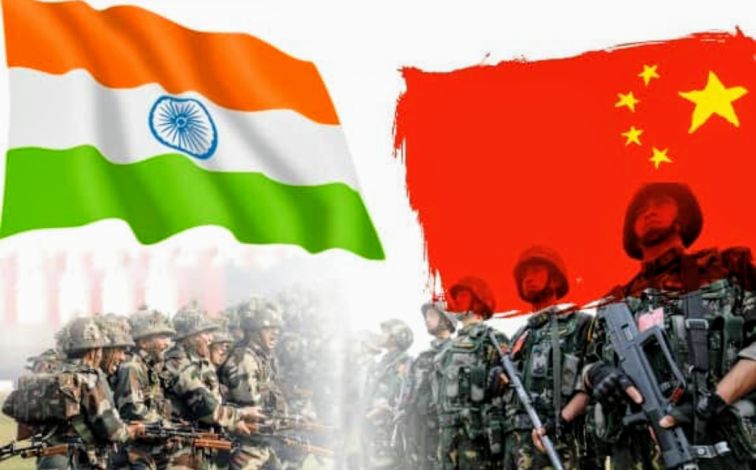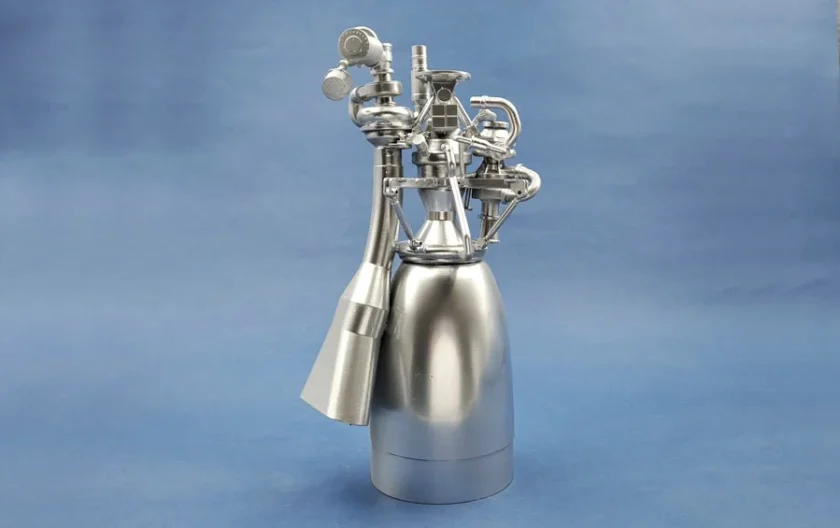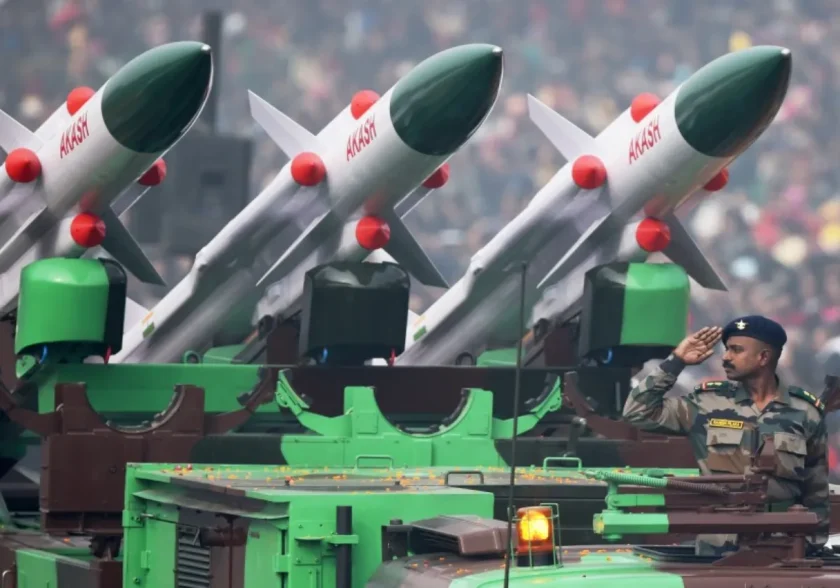New Delhi: India has reiterated its demand for the restoration of regular patrolling along the Line of Actual Control (LAC), which has remained suspended in several friction points of eastern Ladakh for the past five years. The issue was firmly raised during the 23rd Corps Commander-level meeting held on October 25 at the Chushul–Moldo border point.
Patrolling in key areas such as PP-16, PP-17 and parts of the northern bank of Pangong Tso has been halted since the June 2020 Galwan Valley clash. Following the violent confrontation, both sides mutually agreed on a “moratorium on patrolling” in vulnerable zones to prevent fresh escalation.
During the latest round of talks, the Indian delegation stressed that the moratorium was meant to be temporary and that the situation has remained largely peaceful over the past few years. India conveyed that the absence of patrolling is obstructing the return to normalcy along the LAC and insisted that confidence levels are better than before, with no significant disputes remaining in several areas.
However, the Chinese side responded that it needs “some more time” before taking a decision. Sources indicate that the Chinese officers participating in the meeting were newly appointed and are awaiting clearance from senior leadership. This, they say, may have prompted the deferment.
Even as the region witnesses relative calm, India maintains that some Chinese deployments still remain close to the LAC, though their presence has marginally reduced compared to last year. India continues to push for complete de-escalation and a return of troops to their permanent bases.

The Indian Army’s posture in Ladakh remains robust, with three divisions and uniformed forces deployed to handle any contingency. India has also accelerated infrastructure development along the border since 2020, commissioning roads, bridges, tunnels and advanced airfields. Recently, the Nyoma airfield near the China border became operational, with Air Chief Marshal A.P. Singh landing a C-130J aircraft there, significantly boosting logistical capability.
Despite the stalled patrolling activities, diplomatic and cultural engagements between the two nations have shown positive movement. The Kailash Mansarovar Yatra has resumed, direct flights have restarted, and the Nathu La trade route in Sikkim has reopened. The WMCC (Working Mechanism for Consultation and Coordination) meeting earlier in Beijing further contributed to easing tensions, with another round expected soon.
Officials also point to improved engagement following Prime Minister Narendra Modi’s visit to China for the SCO summit, during which he held talks with President Xi Jinping. While major differences, including those related to patrolling, persist, both sides appear committed to dialogue to prevent renewed friction.
India maintains that restoring patrolling is essential for achieving real, lasting stability along the LAC. China’s request for more time suggests Beijing is still assessing the situation and deliberating its next steps.





